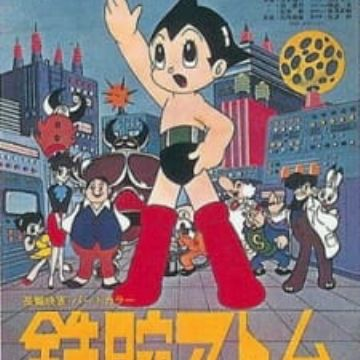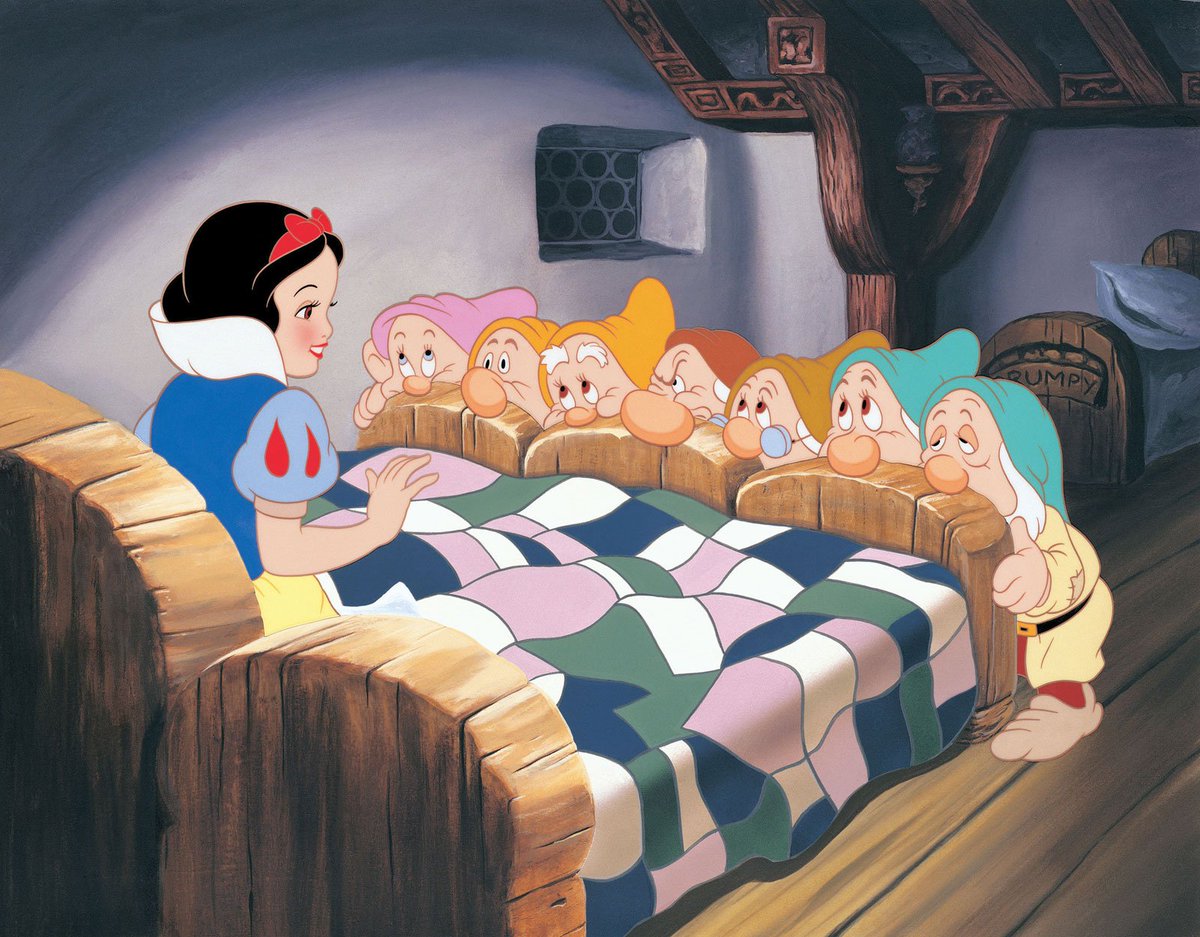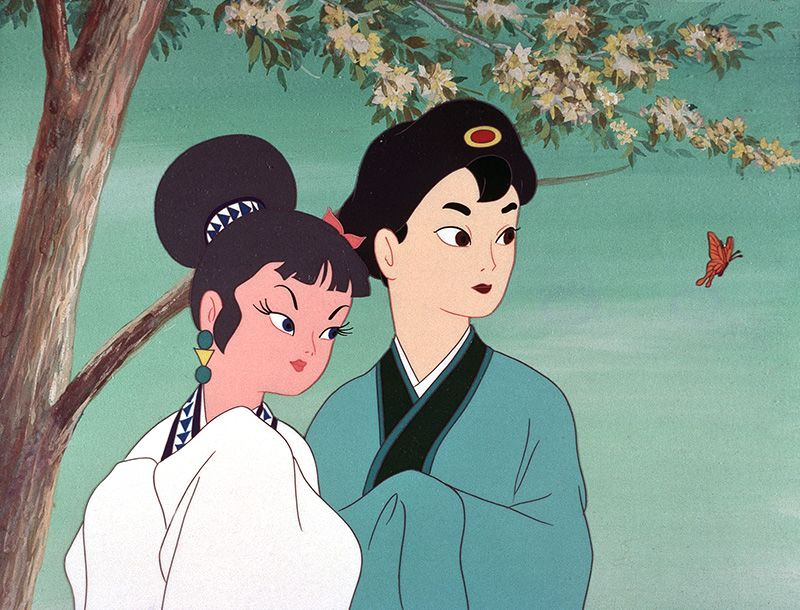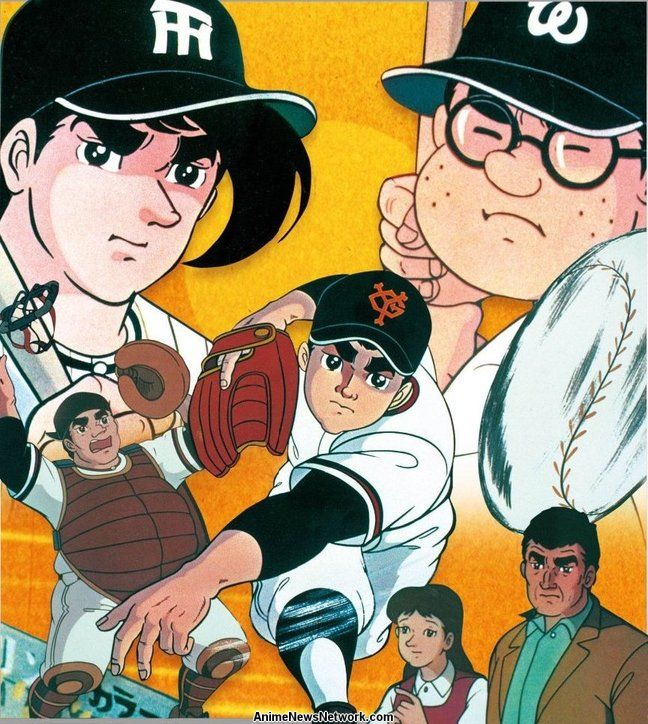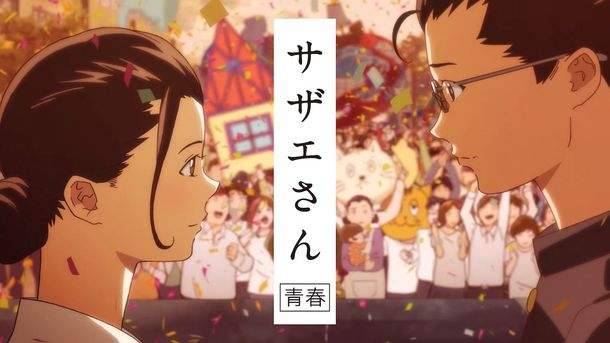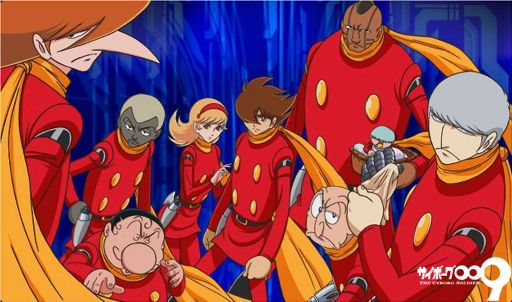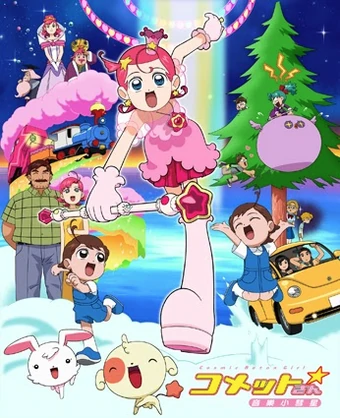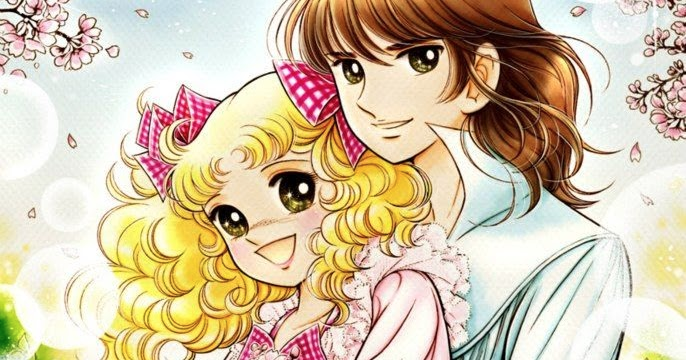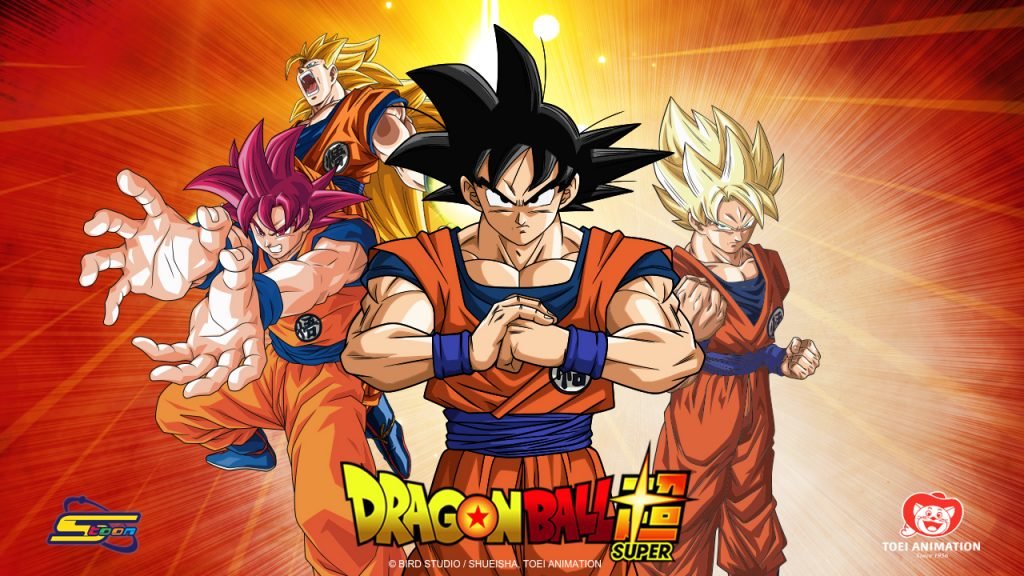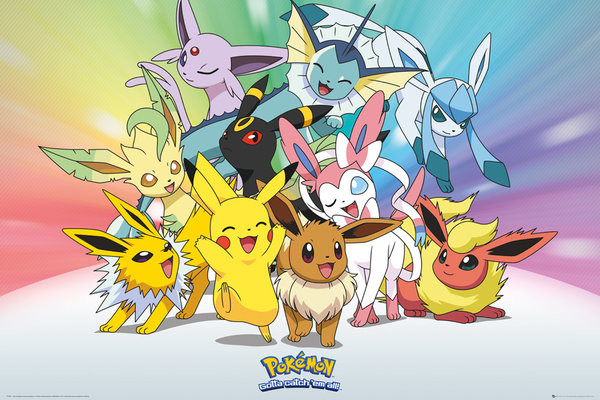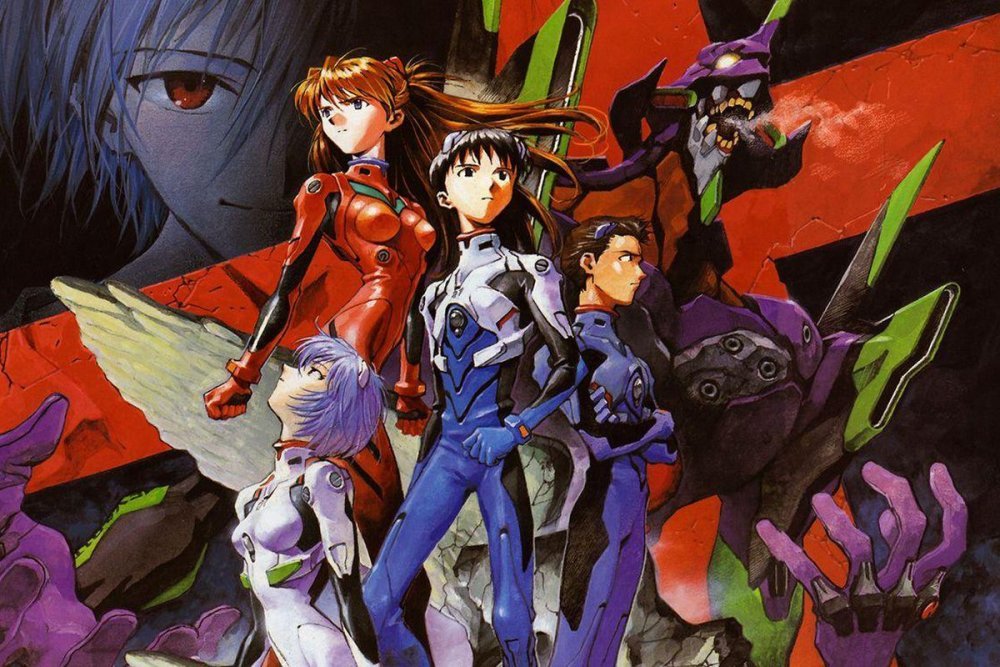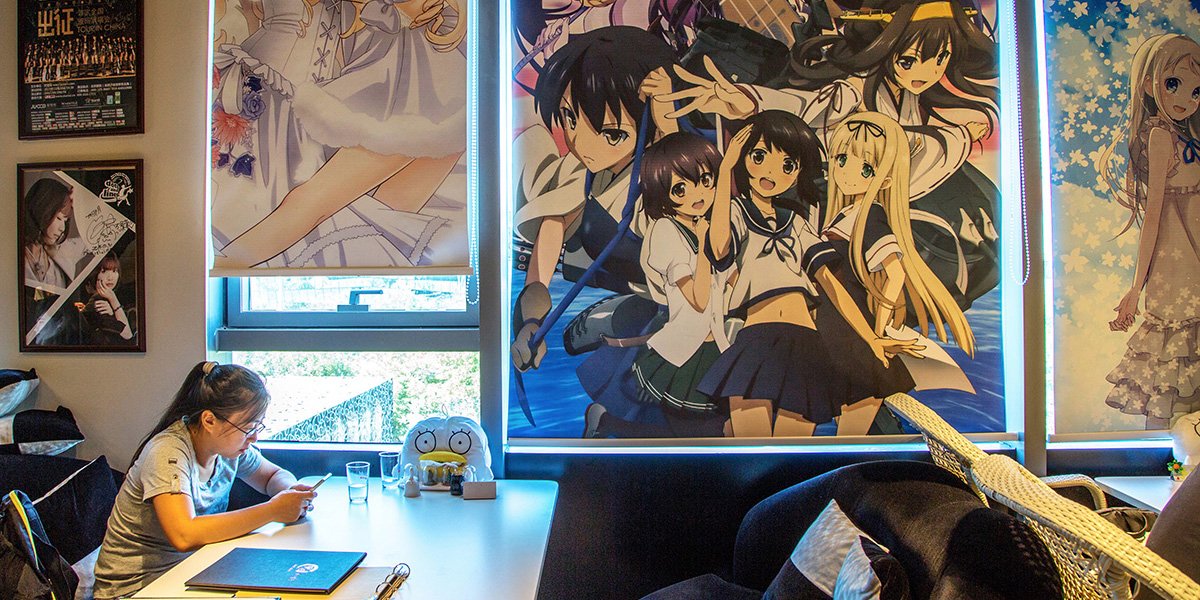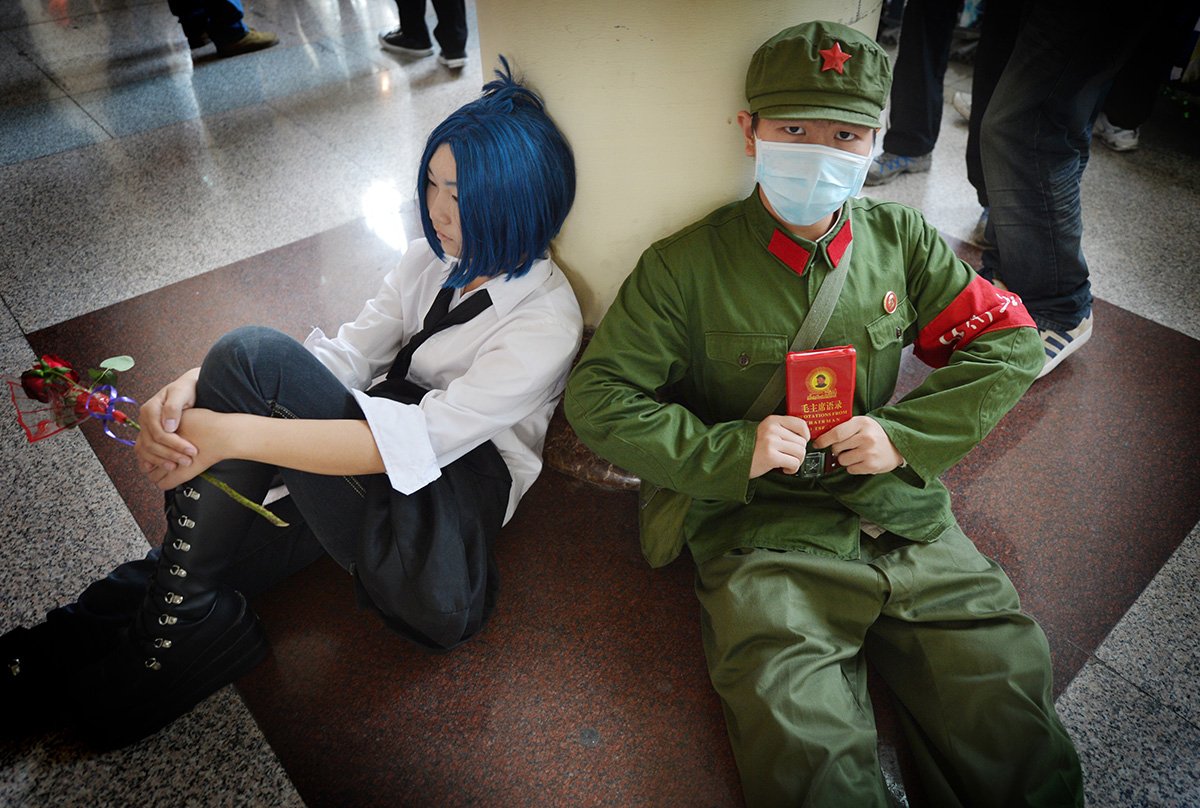1/31
A dated but very interesting article from January 23, 2019.
Ever wondered how Japan, neither a significant military nor geopolitical power, still remains a significant player even today?
I shall address the same in this thread. https://foreignpolicy.com/2019/01/23/super-patriotic-anime-youth-wars-china-japan-pop-culture/
A dated but very interesting article from January 23, 2019.
Ever wondered how Japan, neither a significant military nor geopolitical power, still remains a significant player even today?
I shall address the same in this thread. https://foreignpolicy.com/2019/01/23/super-patriotic-anime-youth-wars-china-japan-pop-culture/
2/31
Imagine that your country was defeated and even nuked at the end of the World War. As if that wasn't bad enough, you're literally under the control of America since then. Yes, the same country that nuked your country!
What do you do in order to make your presence felt?
Imagine that your country was defeated and even nuked at the end of the World War. As if that wasn't bad enough, you're literally under the control of America since then. Yes, the same country that nuked your country!
What do you do in order to make your presence felt?
3/31
The defeat of WWII had a rather catastrophic impact on your psyche. You start believing everything American is superior. Everything, including your contemporary culture, is influenced by America.
The first animation film was a French film, Fantasmagorie, released 1908.
The defeat of WWII had a rather catastrophic impact on your psyche. You start believing everything American is superior. Everything, including your contemporary culture, is influenced by America.
The first animation film was a French film, Fantasmagorie, released 1908.
4/31
American legends like Bill Keane, Kevin Smith, Stan Lee, Charles M Schulz, Chuck Jones, Walt Disney, Joseph Barbera, Winsor McCay, etc., produced memorable cartoons that impacted everybody on earth. Japan was also influenced heavily by American cartoons post-WWII.
American legends like Bill Keane, Kevin Smith, Stan Lee, Charles M Schulz, Chuck Jones, Walt Disney, Joseph Barbera, Winsor McCay, etc., produced memorable cartoons that impacted everybody on earth. Japan was also influenced heavily by American cartoons post-WWII.
5/31
The first Japanese animated TV series was Tetsuwan Atomu, known outside Japan as Astro Boy, produced by Osamu Tezuka, President of Mushi Production. It was broadcast on Fuji TV starting January 1, 1963.
It became a super-hit and spurred the Japanese anime scene.
The first Japanese animated TV series was Tetsuwan Atomu, known outside Japan as Astro Boy, produced by Osamu Tezuka, President of Mushi Production. It was broadcast on Fuji TV starting January 1, 1963.
It became a super-hit and spurred the Japanese anime scene.
6/31
So how did this begin?
Post-WWII, Hiroshi Okawa, president of Toei film company, saw Disney's Snow White and the Seven Dwarfs (1937). He was overwhelmed.
In 1956, he built a new studio named Toei Doga (now Toei Animation) with the aim of making it the Disney of the East.
So how did this begin?
Post-WWII, Hiroshi Okawa, president of Toei film company, saw Disney's Snow White and the Seven Dwarfs (1937). He was overwhelmed.
In 1956, he built a new studio named Toei Doga (now Toei Animation) with the aim of making it the Disney of the East.
7/31
Tetsuwan Atomu was the first anime TV series to come out of Toei Doga. The first anime movie was Hakujaden (The Legend of the White Snake), produced with the help of Disney's studios and several cartoon experts and released in 1958, 5 years before Tetsuwan Atomu.
Tetsuwan Atomu was the first anime TV series to come out of Toei Doga. The first anime movie was Hakujaden (The Legend of the White Snake), produced with the help of Disney's studios and several cartoon experts and released in 1958, 5 years before Tetsuwan Atomu.
8/31
Other notable workers at Toei Doga were Isao Takahata (who joined in 1959) and Hayao Miyazaki (who joined in 1963). Both of them went on to create Studio Ghibli in 1985.
Back during those days, cartoons/anime had to be drawn by hand and hundreds of thousands of drawings/
Other notable workers at Toei Doga were Isao Takahata (who joined in 1959) and Hayao Miyazaki (who joined in 1963). Both of them went on to create Studio Ghibli in 1985.
Back during those days, cartoons/anime had to be drawn by hand and hundreds of thousands of drawings/
9/31
had to be made for an animated TV series or movies. It wasn't as simple as using Clip Studio Paint, PaintTool SAI or Adobe Photoshop CC (of course, there were no laptops, tablets or smartphones back then).
Flopping would be disastrous for any company or artist.
had to be made for an animated TV series or movies. It wasn't as simple as using Clip Studio Paint, PaintTool SAI or Adobe Photoshop CC (of course, there were no laptops, tablets or smartphones back then).
Flopping would be disastrous for any company or artist.
10/31
As time went by, genres like science fiction, space and girls with magical powers captured the imagination of the Japanese public. Kyojin no Hoshi, Sazae-San (1969-present), Cyborg 009 and Princess Comet came out in the 1960s. The Japanese anime scene despite problems/
As time went by, genres like science fiction, space and girls with magical powers captured the imagination of the Japanese public. Kyojin no Hoshi, Sazae-San (1969-present), Cyborg 009 and Princess Comet came out in the 1960s. The Japanese anime scene despite problems/
11/31
had a promising future. Then in the 1970s, Japan suffered from the Nixon shock in 1971 and the 1973 oil crisis (when the Middle Eastern Sheikdoms priced oil too high in order to punish the West over Israel).
Toei Animation shifted from a seniority-based system to a/
had a promising future. Then in the 1970s, Japan suffered from the Nixon shock in 1971 and the 1973 oil crisis (when the Middle Eastern Sheikdoms priced oil too high in order to punish the West over Israel).
Toei Animation shifted from a seniority-based system to a/
12/31
more corporate performance-based system and waded through the economic crisis. Uchuu Senkan Yamato (Space Battleship Yamato), TV series released 1974, feature film released 1977, became popular among adults and challenged the very notion that anime was for kids.
more corporate performance-based system and waded through the economic crisis. Uchuu Senkan Yamato (Space Battleship Yamato), TV series released 1974, feature film released 1977, became popular among adults and challenged the very notion that anime was for kids.
13/31
Meanwhile, Japanese anime was gaining popularity far beyond its shores. For instance, Candy Candy was extremely popular with little girls in France, so much so that their parents feared cultural corruption from the Orient.
Japanese animation was initially slammed/
Meanwhile, Japanese anime was gaining popularity far beyond its shores. For instance, Candy Candy was extremely popular with little girls in France, so much so that their parents feared cultural corruption from the Orient.
Japanese animation was initially slammed/
14/31
as moral corruption and decadence by the West and other regions. However its juggernaut couldn't be stopped.
Then the 1990s economic slump in Japan happened. The anime industry recovered from that and reached a peak in 2006 after which it experienced a fall for a decade.
as moral corruption and decadence by the West and other regions. However its juggernaut couldn't be stopped.
Then the 1990s economic slump in Japan happened. The anime industry recovered from that and reached a peak in 2006 after which it experienced a fall for a decade.
15/31
However its popularity prior to the 1990s was on a different level. This was also due to the fact that the Japanese economy was growing very fast and caught the fancy of many American economists.
In the late 1980s, Japan was poised to overtake the US economically.
However its popularity prior to the 1990s was on a different level. This was also due to the fact that the Japanese economy was growing very fast and caught the fancy of many American economists.
In the late 1980s, Japan was poised to overtake the US economically.
16/31
But other factors like low birthrates for decades, a slump in advertising revenue and of course the rise of cellphones and video games also contributed to the anime slump.
Nevertheless, anime continues to endure as a significant influence among the youth to this day.
But other factors like low birthrates for decades, a slump in advertising revenue and of course the rise of cellphones and video games also contributed to the anime slump.
Nevertheless, anime continues to endure as a significant influence among the youth to this day.
17/31
Now let's look at some sober facts.
1. The Japanese anime industry doubled in size between 2002 and 2017 to $19 billion. Half of its revenue came from outside Japan.
2. Naruto, Dragon Ball, Pokémon and Neon Genesis Evangelion took the world by storm back in the 1990s.
Now let's look at some sober facts.
1. The Japanese anime industry doubled in size between 2002 and 2017 to $19 billion. Half of its revenue came from outside Japan.
2. Naruto, Dragon Ball, Pokémon and Neon Genesis Evangelion took the world by storm back in the 1990s.
18/31
The explosion in popularity of Japanese anime outside Japan starting in the late 1990s actually helped Japan ease the economic slump in the same decade.
3. But the emphasis in this industry is to keep quality high and production costs low. So how is this made possible?
The explosion in popularity of Japanese anime outside Japan starting in the late 1990s actually helped Japan ease the economic slump in the same decade.
3. But the emphasis in this industry is to keep quality high and production costs low. So how is this made possible?
19/31
Slave labor.
Yes, the anime industry involves a lot of slave-like labor in order to churn out so many franchises without the risk of losing too much money.
4. Even if revenue increases, many anime companies still incur losses since they spend more than what they earn.
Slave labor.
Yes, the anime industry involves a lot of slave-like labor in order to churn out so many franchises without the risk of losing too much money.
4. Even if revenue increases, many anime companies still incur losses since they spend more than what they earn.
20/31
With that said, let's get to the crux of the matter: How is Japan using anime and video games to make its presence felt geopolitically?
Seeing the rise in Japanese anime overseas, in 2006, then-foreign minister of Japan, Taro Aso, explicitly stated Japan's interest in/
With that said, let's get to the crux of the matter: How is Japan using anime and video games to make its presence felt geopolitically?
Seeing the rise in Japanese anime overseas, in 2006, then-foreign minister of Japan, Taro Aso, explicitly stated Japan's interest in/
21/31
promoting "pop-culture diplomacy".
So which country is Japan's biggest overseas market?
China.
Yes, the Chinese youth are attracted to Japanese anime much more than anybody else on earth. This has understandably frustrated and even frightened senior citizens of China/
promoting "pop-culture diplomacy".
So which country is Japan's biggest overseas market?
China.
Yes, the Chinese youth are attracted to Japanese anime much more than anybody else on earth. This has understandably frustrated and even frightened senior citizens of China/
22/31
who were exposed to the horrors of Japan's ruthless war on their country during WWII. They feel they're losing the cultural war waged by Japan on their children.
The ruling Chinese Communist Party tried various techniques like banning and regulating foreign shows.
who were exposed to the horrors of Japan's ruthless war on their country during WWII. They feel they're losing the cultural war waged by Japan on their children.
The ruling Chinese Communist Party tried various techniques like banning and regulating foreign shows.
23/31
However these measures seemed to have very little impact on the popularity of Japanese anime in China.
While many of the Chinese youth are aware of the differences between anime and Japan as a nation, many others have developed a friendly attitude towards Japan.
However these measures seemed to have very little impact on the popularity of Japanese anime in China.
While many of the Chinese youth are aware of the differences between anime and Japan as a nation, many others have developed a friendly attitude towards Japan.
24/31
This literally sent the Chinese Communist Party into a spiral. They tried all kinds of propaganda tactics to counter the Japanese cultural invasion but it seems they have very little impact on the Chinese. So CCP launched their own versions of anime in the mid-2010s!
This literally sent the Chinese Communist Party into a spiral. They tried all kinds of propaganda tactics to counter the Japanese cultural invasion but it seems they have very little impact on the Chinese. So CCP launched their own versions of anime in the mid-2010s!
25/31
Of course, animated Communist/Chinese nationalist propaganda won't have as much impact on the Chinese youth as Japanese anime which covers various genres.
The older Chinese feel they're losing their children to this war and it worries them a lot.
Of course, animated Communist/Chinese nationalist propaganda won't have as much impact on the Chinese youth as Japanese anime which covers various genres.
The older Chinese feel they're losing their children to this war and it worries them a lot.
26/31
This isn't a problem just in China. It's also a problem in the West. At least some people in the West are willing to defend Japan's crimes during WWII.
The root of this problem lies in their infatuation with Japanese anime and video games. Japan touched their emotions.
This isn't a problem just in China. It's also a problem in the West. At least some people in the West are willing to defend Japan's crimes during WWII.
The root of this problem lies in their infatuation with Japanese anime and video games. Japan touched their emotions.
27/31
The Arab world has also been taken in by the Japanese cultural invasion.
Is it any surprise that more than half the Arabs want Japan as an interlocutor in the Middle East?
It's not just Japanese electronics and technology, or even their brilliant Kaizen concept.
The Arab world has also been taken in by the Japanese cultural invasion.
Is it any surprise that more than half the Arabs want Japan as an interlocutor in the Middle East?
It's not just Japanese electronics and technology, or even their brilliant Kaizen concept.
28/31
If you ask me, Germany produces far better automobiles, electrical machines and chemicals than Japan. Germany is (rather was) open to immigrants. Despite all this, why is Germany not so popular while Japan is a roaring success?
Anime and video games gave Japan the edge.
If you ask me, Germany produces far better automobiles, electrical machines and chemicals than Japan. Germany is (rather was) open to immigrants. Despite all this, why is Germany not so popular while Japan is a roaring success?
Anime and video games gave Japan the edge.
29/31
Even Latin America has felt the profound impact of Japanese anime.
In this manner, Japan has dominated vast swathes of the world with their tremendous soft power despite factually being the 52nd state of the United States. South Korea is the 53rd state of the USA.
Even Latin America has felt the profound impact of Japanese anime.
In this manner, Japan has dominated vast swathes of the world with their tremendous soft power despite factually being the 52nd state of the United States. South Korea is the 53rd state of the USA.
30/31
In short, what started (primarily due to American influence) as Japanese entertainment (and in some cases, i.e., Hentai - anime porn - masturbation material for Japanese men), became a tool for Japanese global domination.
Not a single bullet fired.
No land annexed.
In short, what started (primarily due to American influence) as Japanese entertainment (and in some cases, i.e., Hentai - anime porn - masturbation material for Japanese men), became a tool for Japanese global domination.
Not a single bullet fired.
No land annexed.
31/31
That's the story of Japan's influence over the world today despite its lack of military power and a stagnant economy (compounded by low birthrates).
This is the end of my thread.
Thank you all for reading. Have a nice day.
That's the story of Japan's influence over the world today despite its lack of military power and a stagnant economy (compounded by low birthrates).
This is the end of my thread.
Thank you all for reading. Have a nice day.
Sources/articles:
#1 https://nextshark.com/seeu85095082-chinese-cosplayer-wins-japanese-twitter-for-looking-like-a-legit-anime-character/
#2 https://www.arabnews.jp/en/arts-culture/article_2312/
#3 https://www.arabnews.jp/en/middle-east/article_2448/
#4 https://www.bbc.com/culture/article/20190610-did-manga-shape-how-the-world-sees-japan
#5 https://www.japantimes.co.jp/news/2010/09/07/reference/anime-makes-japan-superpower/#.Xy-cZUlS-hc
#6 https://remezcla.com/features/sports/supercampeones-anime-soccer-latin-america-tsubasa/
#7 https://www.cbr.com/latin-america-anime-fandom-onyx-equinox/
#8 http://www.mediacom.keio.ac.jp/publication/pdf2011/05Anne.pdf
#9 https://www.bbc.co.uk/bbcthree/article/57eaaf23-0cef-48c8-961f-41f2563b38aa
#1 https://nextshark.com/seeu85095082-chinese-cosplayer-wins-japanese-twitter-for-looking-like-a-legit-anime-character/
#2 https://www.arabnews.jp/en/arts-culture/article_2312/
#3 https://www.arabnews.jp/en/middle-east/article_2448/
#4 https://www.bbc.com/culture/article/20190610-did-manga-shape-how-the-world-sees-japan
#5 https://www.japantimes.co.jp/news/2010/09/07/reference/anime-makes-japan-superpower/#.Xy-cZUlS-hc
#6 https://remezcla.com/features/sports/supercampeones-anime-soccer-latin-america-tsubasa/
#7 https://www.cbr.com/latin-america-anime-fandom-onyx-equinox/
#8 http://www.mediacom.keio.ac.jp/publication/pdf2011/05Anne.pdf
#9 https://www.bbc.co.uk/bbcthree/article/57eaaf23-0cef-48c8-961f-41f2563b38aa
Me after finishing my thread: *Looking at the mirror and rolling on the floor laughing*

 Read on Twitter
Read on Twitter